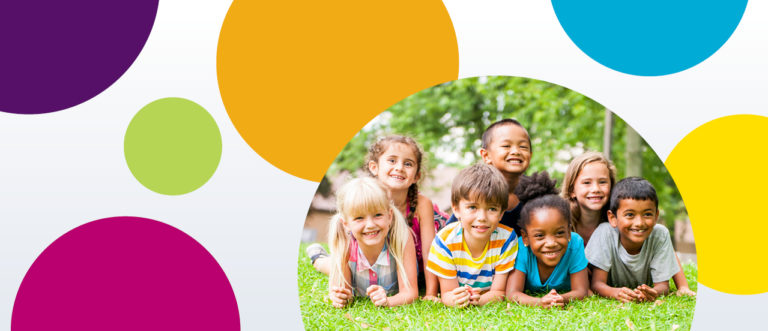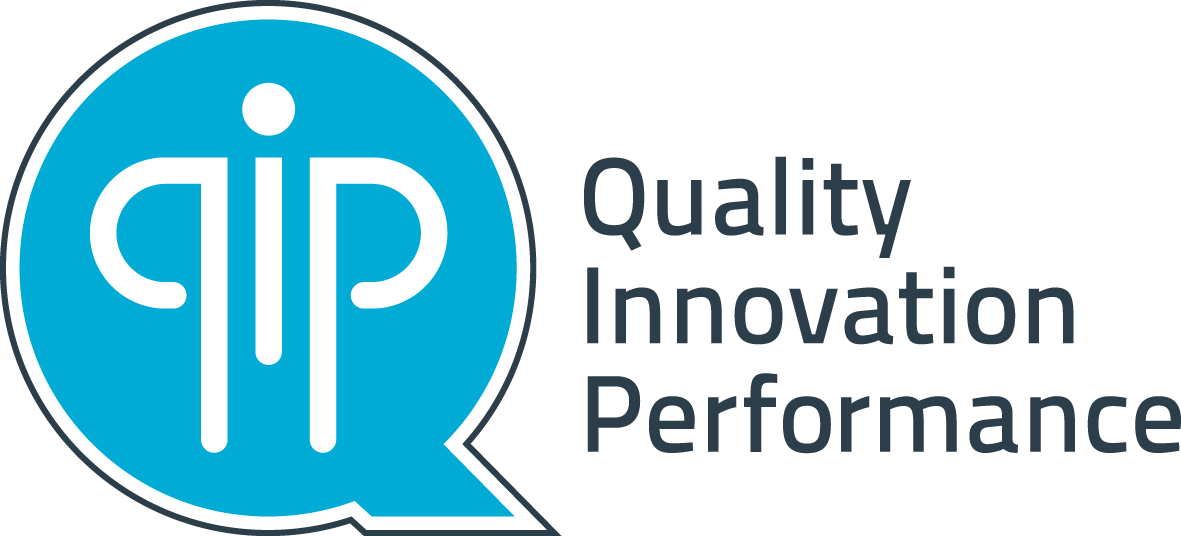Latest news

The QIP Safeguarding Standards – supporting the aims of National Child Protection Week 2022
This year’s National Child Protection Week (4-10 September 2022) shines a light on what we know about children growing up safe and supported, and asks ‘how can we translate that knowledge into action?’
- Children THRIVE when they grow up safe, connected, and supported in their family, community, and culture
- Children have the RIGHT to grow up in environments that support them according to their needs, now and into the future.
We also know that too many children are NOT growing up safe and supported, and that child-protection systems are overloaded.
We spoke to Jo Watson – QIP Director; Deputy Chair of the Consumers Health Forum of Australia; and a Member of the QIP Safeguarding Standards Advisory Panel – to ask her how the QIP Standards for Safeguarding Children and Vulnerable Adults respond to the call for meaningful action and may change the trajectory for at-risk children.
Jo wants everyone to step up and play a role in safeguarding young people by setting up environments where children feel valued and safe. Jo also explains how the QIP Safeguarding Standards are a ‘framework for life’ – translating knowledge into action that can actually help stop child abuse.
Video transcript
The QIP Safeguarding Standards are a framework for life – across any given point in time for vulnerability. And vulnerability expressed either through children as they grow up, or vulnerable adults.
In other words, any of us. Any of us at any given point in time.
In respect to children themselves, one of the key – I think – compelling features of the QIP Safeguarding Standards is the focus and attention given to how we see things reported. How do our organisations and our institutions fundamentally commit to reporting and having places where people can be heard. Where they can bring their issues and have those made visible.
For children, especially, one of the things we know is that it’s often others who first hear the stories or recognise the distress or have concerns about the welfare of those children.
In other words, Safeguarding Standards are there to say wherever a child may find themselves, can we please ensure that there are appropriate processes and procedures, and checks and balances so that there is a wider group of potentially safe and supportive individuals to help children with their vulnerabilities or their stories of concern.
I think everyone’s aware with – especially during a week such as Child Protection Week, where we’re highlighting all the appalling statistics and evidence base that has been built over the years – that there are the obvious checks and balances: through our courts, through our first responders, through a range of legislation and criminal proceedings.
What I think is often missing is – ‘What was the obvious tell-tale signal?’ or ‘What was the obvious place that a child may find themselves being able to share a story or, indeed, have extra support outside of the home or the school environment?’. That’s what Safeguarding is about. Don’t think that everything’s going to happen in the one or two places that are the obvious.
Think about the fact that along a child’s life, there are going to be a lot of people and a lot of other places that they’ll be visiting and spending time in.
Can we please ensure that we have Safeguarding awareness across all of society, through all our communities and all of the stops and agencies within those communities, and not just leave it to teachers or doctors or nurses to be the ones to show protection and an understanding in awareness of risk.
That’s what Safeguarding is about. And that’s how we can translate knowledge into action in a meaningful way for all those young people’s lives.
For more information or to register interest in understanding how the QIP Safeguarding Accreditation Program can help your organisation take action this National Child Protection Week, visit QIP Safeguarding Standards.


